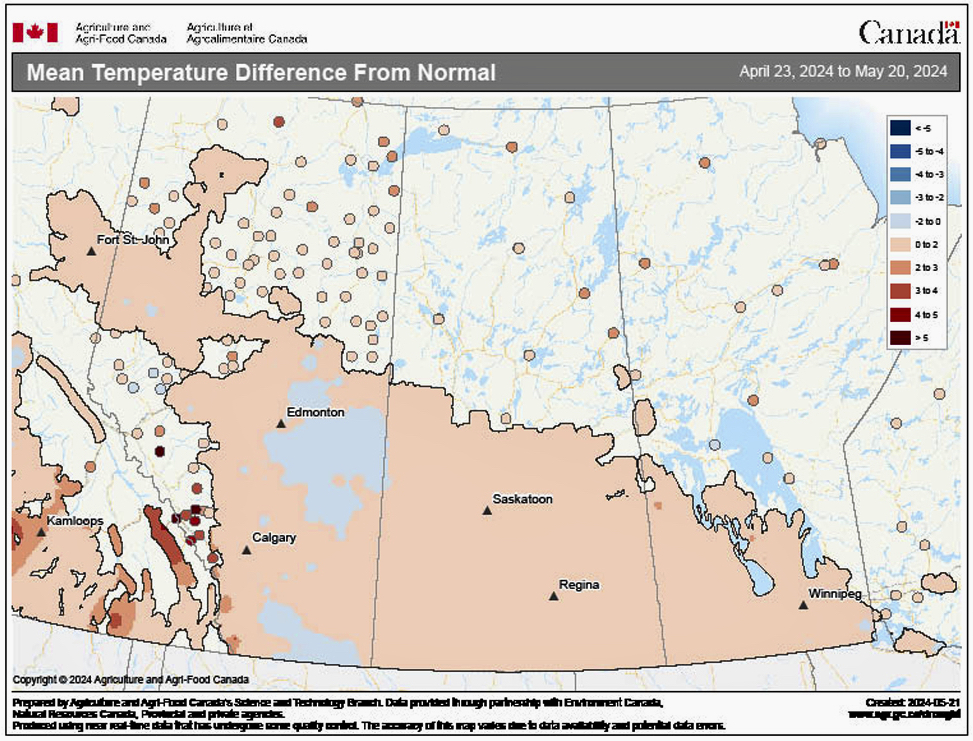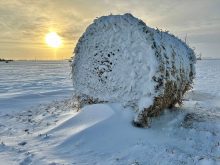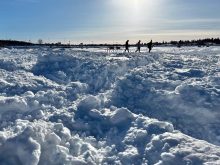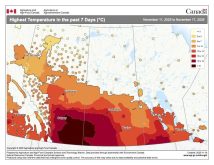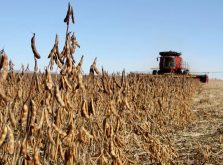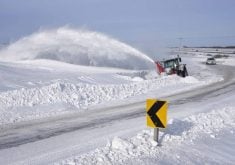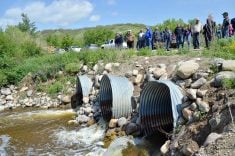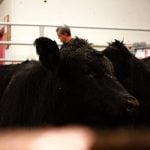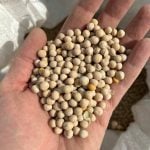When I started my yearly review of severe summer weather, we had smoke from forest fires across the Prairies. Then some annoying upper lows affected our weather, bringing cool and wet conditions, so I wrote about that.
Now that is time to write about forest fire smoke, it is no longer an issue, hopefully for good this summer. But we know weather patterns can change on a dime, and a couple weeks of wet weather does not bring the end to a drought or the end of forest fires this season.
Smoke and its effects can vary greatly depending on the state of the atmosphere, amount of smoke, where in the atmosphere it is located and how long it stays over a region. It is also affected by large-scale atmospheric events such as high and low pressure systems. I will do my best to peer through the smoke and bring you a clear picture of its impact on weather.
Read Also
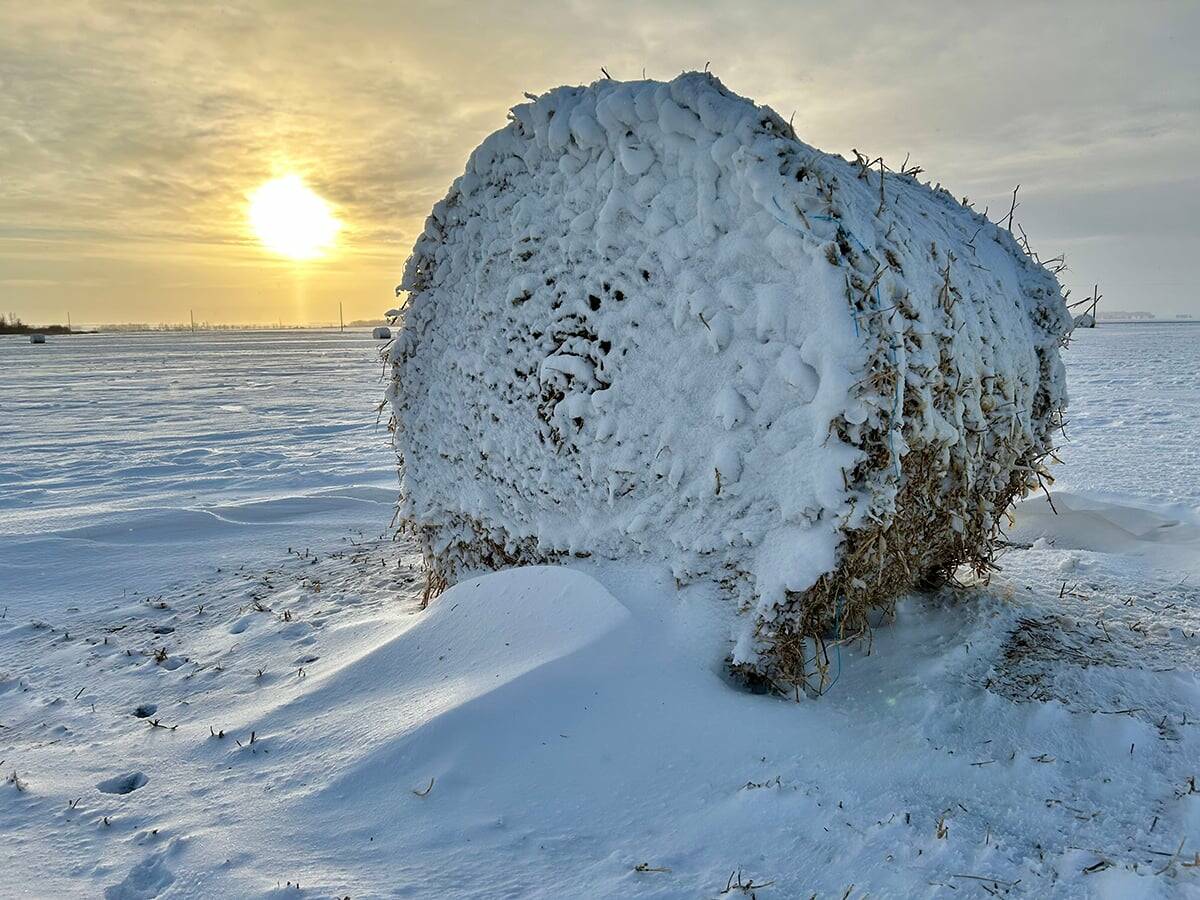
What is perfect Christmas weather?
What is ‘perfect’ Christmas weather on the Prairies? Here’s where you should head this holiday, according to historical weather data.
The first major and obvious impact is the effect of smoke on temperatures. Smoke particles both scatter and absorb sunlight, which leads to lower surface temperatures. Daytime temperatures often don’t reach the forecasted high for the day when smoke is present because less sunlight reaches the ground, resulting in less heating.
Weather models have difficulty incorporating the location of smoke. The effect on temperatures varies, depending on the extent, level and intensity and general atmospheric conditions. Light smoke or very high smoke will have minimal effect, while dense or low-level smoke can greatly affect temperatures.
Then there is atmospheric stability and precipitation patterns. I’ve lumped these together, since atmospheric stability is directly tied to whether precipitation can form. Forest fire smoke can have complex effects on atmospheric stability, depending on factors such as the intensity and extent of the smoke, vertical distribution of smoke particles and general atmospheric conditions.
Smoke from forest fires can release significant amounts of heat and moisture into the atmosphere. Solar radiation is absorbed by smoke particles, which can warm the surrounding air. This heating can change the temperature profile of the atmosphere and alter its stability.
In certain cases, forest fire smoke can inhibit convection and limit formation of convective clouds. This may sound counterintuitive, but smoke particles can act as cloud condensation nuclei or ice nuclei, allowing moisturetocondense around these particles at a much higher number than in a smoke-free atmosphere.
This reduces availability of water vapour, making it more difficult for cloud droplets or ice crystals to grow larger. Instead of growing bigger into raindrops, tons of little water droplets are formed but can’t grow large enough to fall. This can also result in suppression of convective activity, and we only see the formation of shallow or thin clouds.
While this scenario is common, it can go the other way too. If there is enough moisture in the air, and issues with atmospheric stability are overcome, all the extra condensation nuclei that create large numbers of water droplets can start a chain reaction. The water droplets collide and combine into larger raindrops within the cloud. This can lead to more intense rainfall and formation of hail.
Smoke from forest fires absorbs sunlight. While this can and often does decrease surface temperatures, it can and often does increase the air temperature at higher altitudes, depending on where the smoke is in the atmosphere. This creates a layer of warm air over a layer of cold air. Since warm air wants to rise and cold air wants to sink, this particular setup is known as a stable atmosphere.
Unstable air, which leads to cloud formation and precipitation, is when we have cold air over top of warm air. The warm air at the surface wants to rise and will continue to rise because the air above is colder. In the case of smoke, the surface temperatures are cooled by the smoke but warmed higher up, as the smoke absorbs energy from the sun. This causes a stable air column or an inversion.
This setup inhibits convection, which is the primary force behind cloud development and precipitation. This is probably one of the biggest impacts smoke can have on our weather.
So, smoke can either inhibit formation of rainfall or enhance it, depending on the atmospheric conditions at the time. More often than not, smoke creates a stable atmosphere, resulting in reduced rainfall because convection is limited.
Another impact of smoke relates to the chemicals released by forest fires, such as nitrogen oxides and volatile organic compounds. These chemicals can interact with other atmospheric components and influence the overall chemistry of the atmosphere, contributing to formation of secondary pollutants such as ozone and particulate matter. This can have an impact on human health but also the health of animals and plants.
I have my fingers crossed that the western Prairies, northern regions and B.C. will continue to get much-needed rain. That will help control forest fires and provide moisture as we head toward the main part of the growing season.


